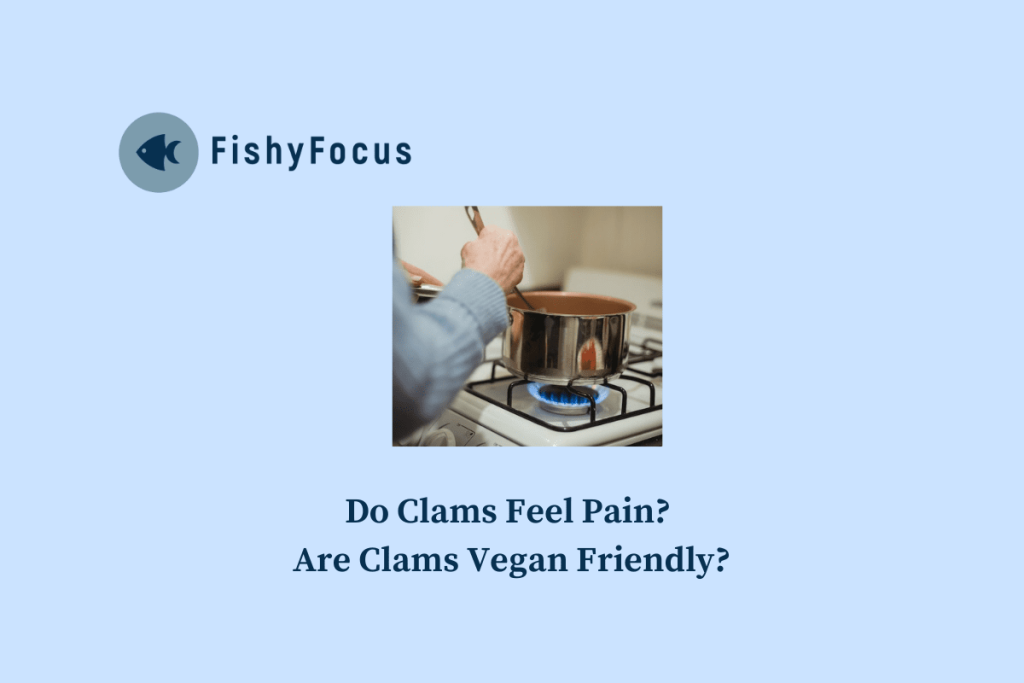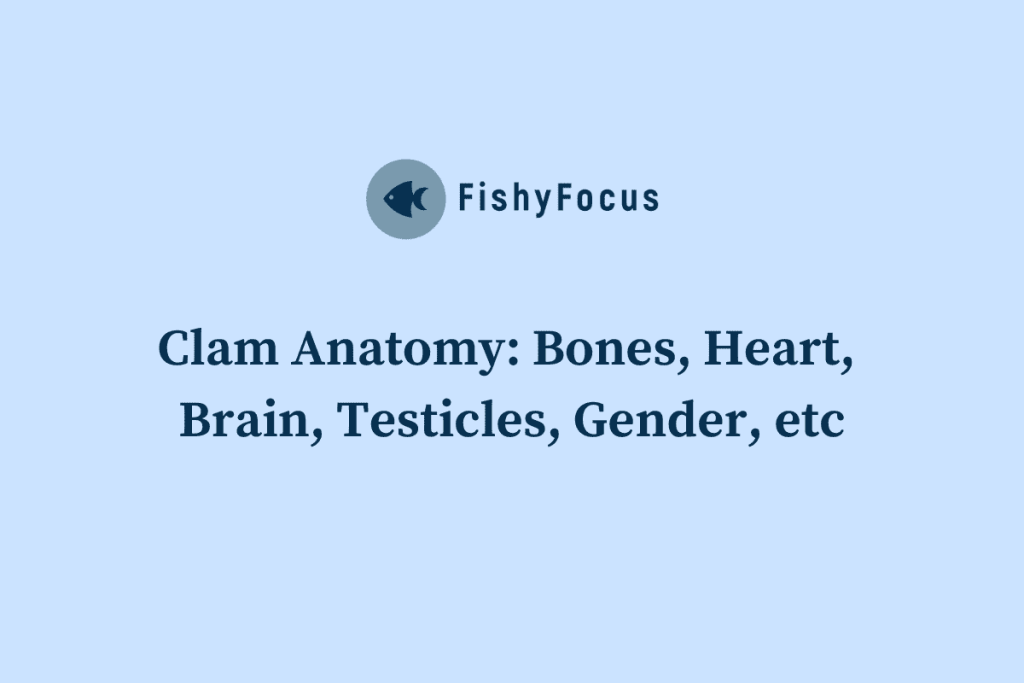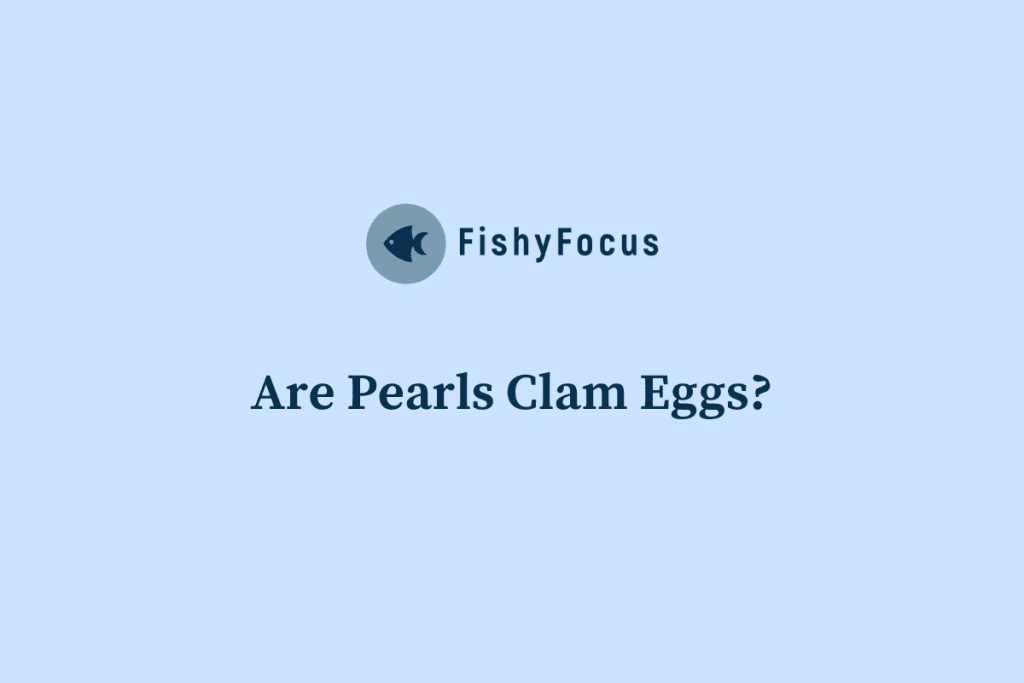Clams are bivalve mollusks that are found in both freshwater and marine environments. They have a hard shell that protects their soft body and are known for their ability to filter feed, extracting nutrients from the water. Clams are an important part of the ecosystem as they help maintain water quality by filtering out impurities.
Pearls, on the other hand, are gemstones that are formed inside the shells of certain mollusks, including clams. They are highly valued for their beauty and have been used in jewelry for centuries. Pearls come in a variety of shapes, sizes, and colors, making them a versatile and sought-after gemstone.
Key Takeaways
- Clams and pearls have a unique relationship where pearls are formed inside the clam’s shell.
- Clams can survive without producing pearls, but pearls are important for their survival in the wild.
- Pearls serve as a defense mechanism for clams against foreign objects and parasites.
- Clams produce pearls through a process called biomineralization, where they secrete layers of calcium carbonate around an irritant.
- Pearls are highly valued in the jewelry industry, but their harvesting can have negative impacts on clam populations and the environment.
The Relationship Between Clams and Pearls
Pearls are formed when an irritant, such as a grain of sand or a parasite, enters the clam’s shell. In response to this irritant, the clam’s mantle tissue secretes layers of nacre, a substance made up of calcium carbonate crystals. Over time, these layers build up and form a pearl.
The mantle tissue plays a crucial role in pearl formation. It is responsible for secreting the nacre that forms the layers around the irritant. The nacre gives pearls their lustrous appearance and is what makes them so valuable.
Can Clams Survive Without Pearls?
While pearls are not essential for a clam’s survival, they do serve important functions for the clam. One of the main functions of pearls is protection. When an irritant enters a clam’s shell, it can cause damage to the clam’s soft tissues. The formation of a pearl around the irritant helps to isolate it and prevent further damage.
Additionally, pearls can help maintain the health of the clam. The process of pearl formation requires the clam to use energy and resources from its body. This process can stimulate the clam’s immune system and help it fight off infections and diseases.
The Function of Pearls in Clams
The protective function of pearls is crucial for the survival of clams. When an irritant enters a clam’s shell, it can cause damage to the clam’s soft tissues. The formation of a pearl around the irritant helps to isolate it and prevent further damage. This protective barrier allows the clam to continue its normal functions without being hindered by the irritant.
In addition to their protective function, pearls also play a role in maintaining the health of the clam. The process of pearl formation requires the clam to use energy and resources from its body. This process can stimulate the clam’s immune system and help it fight off infections and diseases. Pearls also have antimicrobial properties, which can help prevent the growth of harmful bacteria.
How Do Clams Produce Pearls?
The process of pearl formation begins when an irritant, such as a grain of sand or a parasite, enters the clam’s shell. In response to this irritant, the clam’s mantle tissue secretes layers of nacre, a substance made up of calcium carbonate crystals. Over time, these layers build up and form a pearl.
The quality of a pearl is determined by several factors, including the size, shape, color, and luster. The size of a pearl is influenced by the size of the irritant that triggered its formation. The longer the irritant remains in the clam’s shell, the larger the pearl will be.
The shape of a pearl is determined by the shape of the irritant and how it is positioned within the clam’s shell. Pearls can be round, oval, baroque (irregularly shaped), or button-shaped. The color of a pearl is influenced by the type of mollusk that produced it and can range from white to black, with various shades in between. The luster of a pearl refers to its shine and is determined by the quality of the nacre layers.
The Importance of Pearls in the Jewelry Industry
Pearls have been used in jewelry for centuries and have a long history of cultural significance. In many cultures, pearls are associated with wealth, power, and beauty. They have been used to adorn royalty and are often seen as a symbol of elegance and sophistication.
In the modern jewelry industry, pearls continue to be highly valued. They are used in a variety of jewelry pieces, including necklaces, earrings, bracelets, and rings. Pearls are versatile gemstones that can be paired with a wide range of metals and other gemstones, making them a popular choice for designers and consumers alike.
The Impact of Pearl Harvesting on Clam Populations
The harvesting of pearls can have negative effects on clam populations. In traditional pearl harvesting methods, clams are often killed in the process of extracting the pearls from their shells. This can lead to a decline in clam populations and disrupt the balance of ecosystems where clams play an important role.
To mitigate these negative effects, sustainable harvesting practices have been developed. These practices involve carefully selecting which clams to harvest and ensuring that enough clams are left behind to maintain healthy populations. Additionally, efforts are being made to farm pearls in a controlled environment, reducing the need for wild harvesting.
Alternatives to Pearl Harvesting
There are several alternative methods for obtaining pearls that do not involve harvesting clams. One method is known as pearl culturing, where a small piece of mantle tissue from one clam is inserted into another clam’s shell. This stimulates the production of nacre and results in the formation of a pearl.
Another method is known as pearl farming, where clams are raised in controlled environments specifically for pearl production. This allows for more sustainable practices and reduces the impact on wild clam populations.
Environmental Concerns Related to Pearl Harvesting
Pearl harvesting can have negative environmental impacts, particularly when it is done on a large scale. The process of pearl harvesting often involves the use of chemicals and can result in the release of pollutants into the water. This can harm marine ecosystems and disrupt the balance of marine life.
Additionally, the destruction of clam populations through traditional pearl harvesting methods can have far-reaching effects on the ecosystem. Clams play an important role in maintaining water quality by filtering out impurities. A decline in clam populations can lead to an increase in pollutants in the water, which can have detrimental effects on other marine organisms.
The Future of Clams and Pearls
In conclusion, clams and pearls have a unique relationship that is both fascinating and important. Pearls serve important functions for clams, including protection and maintaining health. The process of pearl formation is complex and influenced by various factors.
The demand for pearls in the jewelry industry continues to be strong, but there is a growing awareness of the need for sustainable practices. Efforts are being made to develop alternative methods for obtaining pearls that are less harmful to clam populations and the environment.
The future of clams and pearls lies in finding a balance between meeting the demand for pearls and protecting the health of clam populations and marine ecosystems. By implementing sustainable harvesting practices and exploring alternative methods, we can ensure that clams and pearls continue to thrive for generations to come.
FAQs
What are pearls?
Pearls are hard, round objects that are formed inside the shells of certain mollusks, such as oysters and clams. They are made up of calcium carbonate and other organic materials.
Do all clams produce pearls?
No, not all clams produce pearls. Only certain types of clams, such as the pearl oyster, produce pearls.
Can clams live without pearls?
Yes, clams can live without pearls. Pearls are not necessary for the survival of the clam.
How are pearls formed?
Pearls are formed when an irritant, such as a piece of sand or a parasite, enters the clam’s shell. The clam then secretes a substance called nacre around the irritant, which builds up over time to form a pearl.
Are pearls valuable?
Yes, pearls can be valuable depending on their size, shape, color, and luster. Natural pearls are generally more valuable than cultured pearls.
Can pearls be harvested without harming the clam?
Yes, pearls can be harvested without harming the clam. In fact, most pearls today are cultured, which means that a small piece of tissue is inserted into the clam’s shell to stimulate the production of a pearl. The clam is then returned to the water and can continue to produce pearls.



